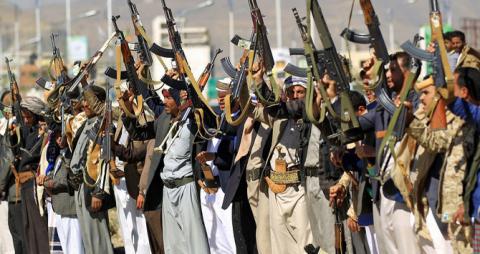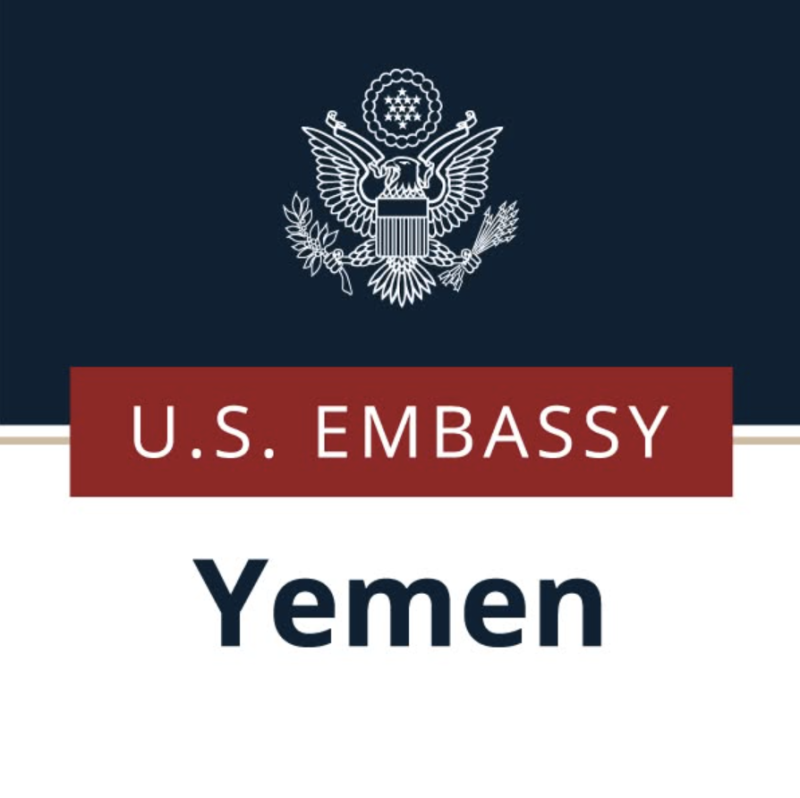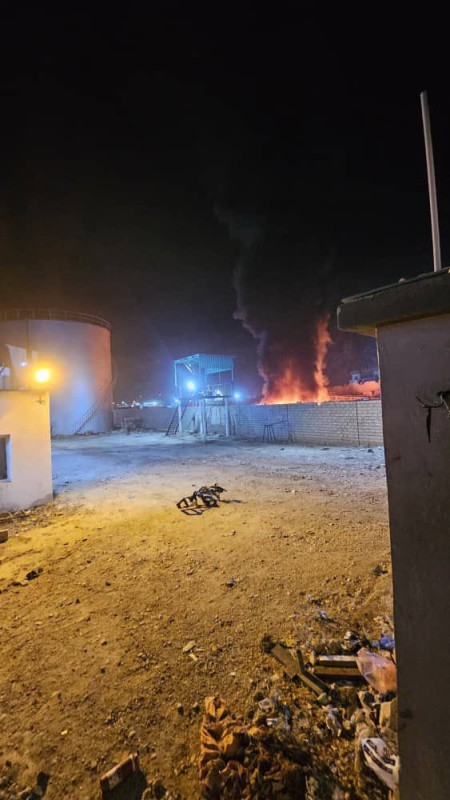IOM Yemen Quarterly Migration Overview (July - September 2020)


HORN OF AFRICA-YEMEN MIGRATION FLOWS IN 2020
Between July and September 2020, migrant arrivals in Yemen remained extremely low, with just over 1,500 arrivals recorded compared to nearly 23,400 during the same period in 2019. However, the situation for migrants in Yemen remains precarious.
As the COVID-19 pandemic increases barriers to movement into, out of and within Yemen, more migrants are becoming stranded and are increasingly vulnerable to arrest, detention and forced transfer, as well as at risk of contracting COVID-19.
With extremely limited access to services and reduced local charity, migrants are having to rely on smugglers for support while they remain unable to transit to the Kingdom of Saudi Arabia (KSA) or return home. IOM estimates that at least 14,500 migrants are stranded across the main migrant transit hubs in Aden, Marib, Sana’a and Sa’ada governorates. However, the real figure is likely to be significantly higher. Migrants’ living conditions are dire, with many sleeping outdoors or in dangerous abandoned buildings. Migrants lack access to basic services such as health care, clean water or safe sanitation, which remains a key concern as second and third waves of community-wide transmission of COVID-19 become increasingly likely. Migrants’ main request to IOM and partners on the ground has consistently been to assist them to return home safely.
While it is difficult to provide an accurate picture of migrant detention in Yemen, IOM estimates that thousands of migrants are under some form of detention. Reportedly, there is a number of migrant detention sites in northern governorates managed by local authorities that are non-compliant with the obligation to provide minimum standards of living, support and care including access to legal aid. From these sites, migrants are often forcibly transferred to the Sana’a Immigration Passport and Naturalization Authority (IPNA) migrant holding facility or directly to southern governorates upon payment of ‘exit fees.’ At the Sana’a IPNA facility, IOM has been providing basic humanitarian and health assistance as part of lifesaving efforts. By the end of September, 1,090 migrants were detained in Sana’a, living in extremely dire conditions. In this quarter, despite high level advocacy with local authorities, approximately 2,000 migrants were brought to Sana’a from detention sites in Sa’ada and Al Jawf governorates in the north, and over 3,160 migrants (5,641 since January 2020) were forcibly moved to the south as part of the systematic forced transfer of migrants across frontlines. Furthermore, thousands of migrants reportedly remain stranded at the border with KSA.
IOM’s Voluntary Humanitarian Return (VHR) programme in the south has been on hold since the beginning of the pandemic due to COVID-19 related movement restrictions and security concerns surrounding return migration. Over the last three months, IOM has been heavily engaged in negotiations with the Government of Ethiopia to resume VHR for Ethiopian migrants departing from Aden. IOM is working with the GoE to facilitate the visit of a Consular team to Aden to allow for nationality verification, a necessary step to resume VHR. Meanwhile in the north, there continues to be no progress on dialogue with local authorities on returns from Sana’a due to their lack of acceptance of a minimum application of international standards such as the acceptance of the determination of “voluntariness”, despite heavy engagement and advocacy efforts from IOM and the humanitarian community.

Washington – The United States has voiced concern over recent developments in southeastern Yemen, stressing the importance of avoiding any st…

Riyadh --  Yemen’s Presidential Leadership Council Chairman, Rashad al-Alimi, announced on Tuesday a nationwide state of emergency, effe…

 Mukalla – The Saudi-led Arab Coalition has requested the immediate evacuation of civilians from Mukalla Port in Hadramout province.&nbs…